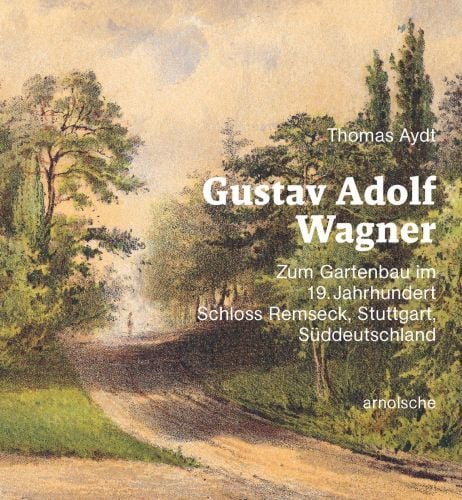
Gustav Adolf Wagner
Zum Gartenbau im 19. Jahrhundert: Schloss Remseck – Stuttgart – Süddeutschland
- In-depth exploration of Gustav Adolf Wagner’s influential garden designs and their romantic aesthetics
- Highlights previously unpublished projects, enhancing understanding of 19th-century landscape design
- Showcases Wagner’s significant impact on public green spaces for the growing middle class
This publication depicts the life and work of the Stuttgart garden designer Gustav Adolf Wagner (1817–1893), who in the second half of the 19th century adopted C.C.L. Hirschfeld’s and Ludwig Sckell’s new concepts of garden aesthetics and translated them into romantic park landscapes. His most significant works—which include the Stadtgarten in Stuttgart, the Faberpark near Nuremberg, and other public gardens in the City of Stuttgart such as Hasenberg, Karlshöhe, Feuersee, and Uhlandshöhe, which he supervised as the first garden inspector—are presented here in-depth for the very first time.
Wagner’s gardens symbolize the need for public green spaces and urban park landscapes for an increasingly self-assured middle-class society. Numerous hitherto unpublished projects, for example from Wilhelm Neubert’s Schlüssel zur Bildenden Gartenkunst (1853) or from other contemporary sources, throw new light onto 19th-century garden landscape design and reintroduce the life and work of this unjustly forgotten garden designer.
Text in German.
- Publisher
- Arnoldsche Art Publishers
- ISBN
- 9783897907386
- Publish date
- 15th Jul 2025
- Binding
- Hardback
- Territory
- USA & Canada
- Size
- 9.45 in x 10.24 in
- Pages
- 112 Pages
- Illustrations
- 120 color
Our Catalogs
Browse Our Books
Please log-in or create an account to see your recent items.